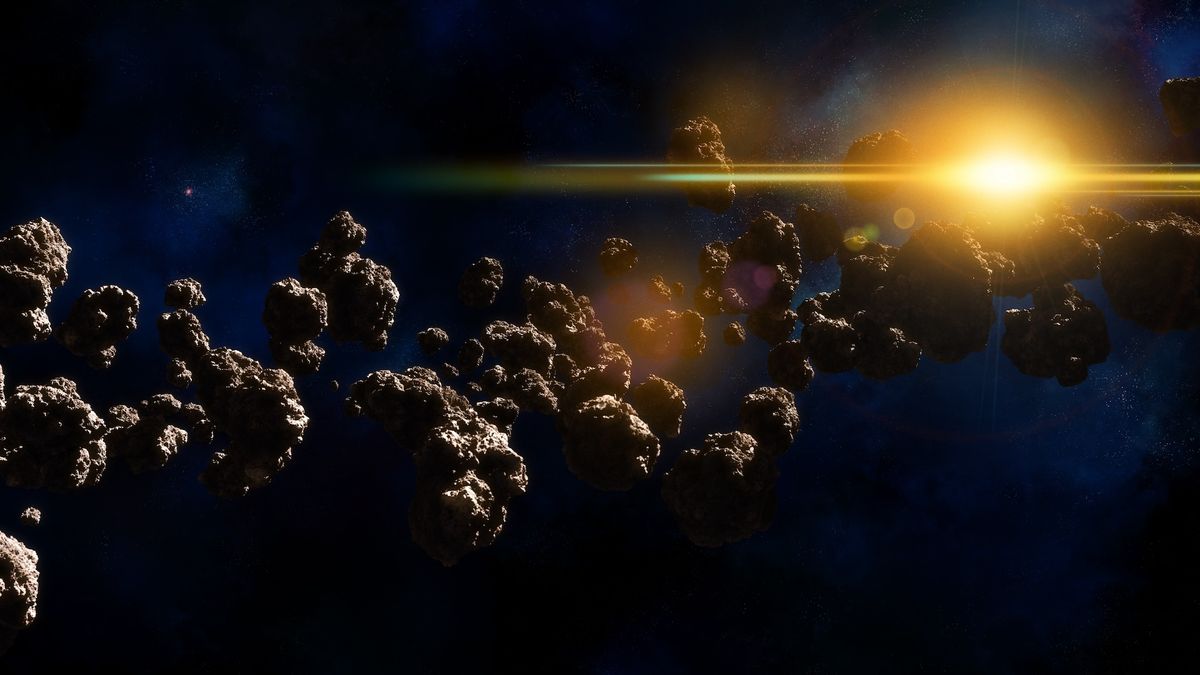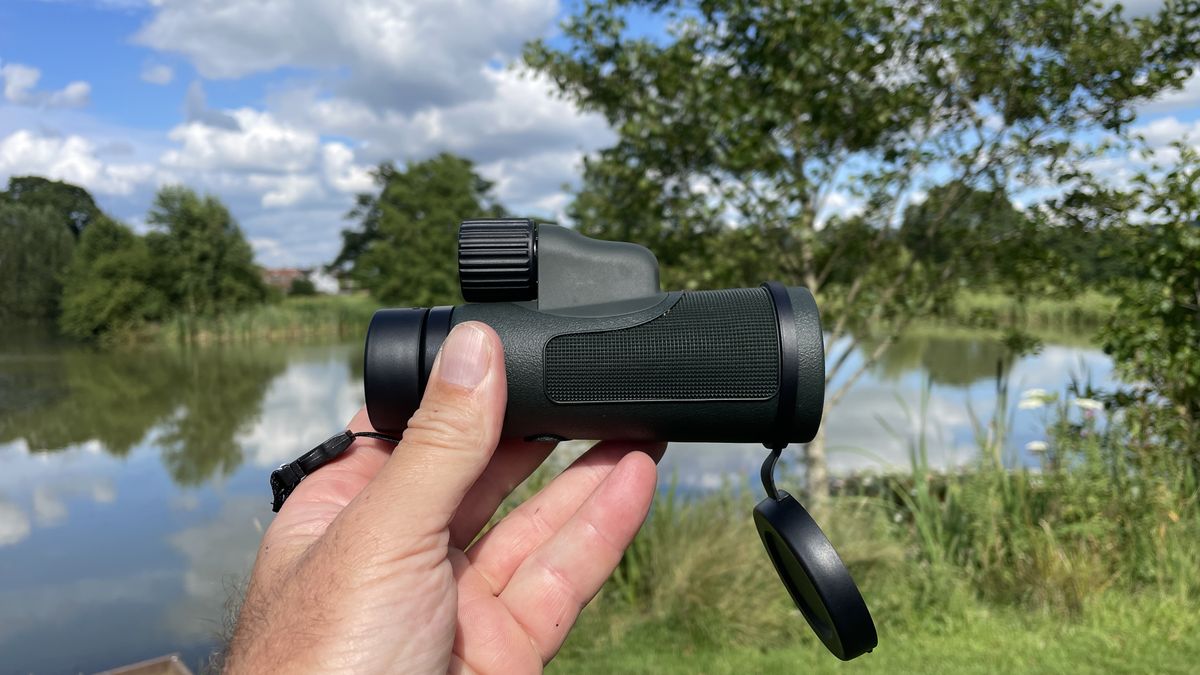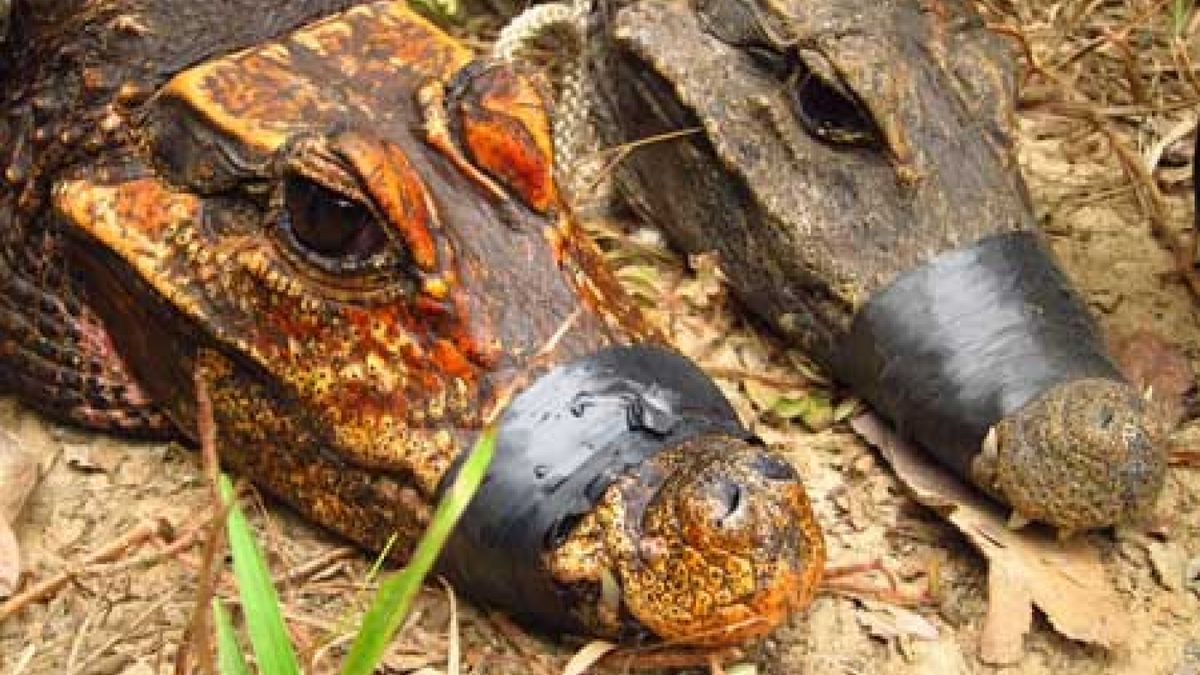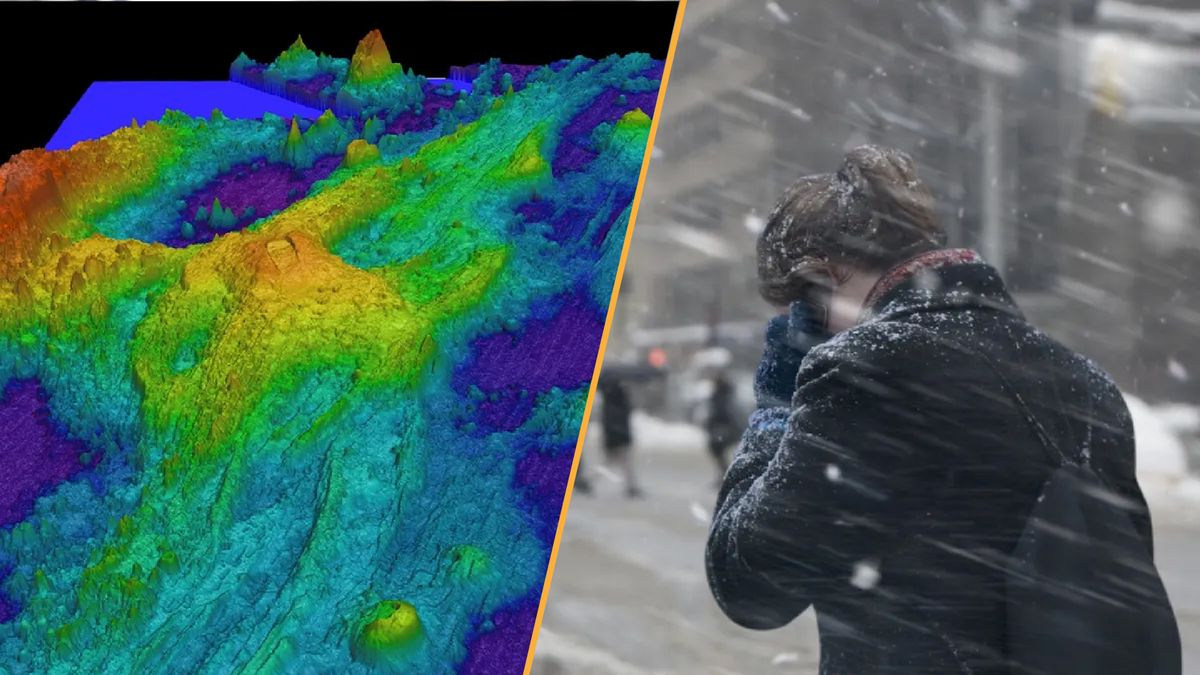Sparkling diamonds and verdant emeralds are some of the most coveted and priciest gemstones. But which precious stones are rarer: diamonds or emeralds?
In terms of total known deposits, emeralds are rarer. There are 49 emerald deposits, according to a 2019 review in the journal Minerals. In comparison, there are about 1,000 rock formations that contain diamonds, although there are only 82 operating diamond mines, according to a 2022 article in the journal Reviews in Mineralogy and Geochemistry. But it’s hard to compare numbers of diamonds with other gemstones because the industry is more established.
Diamonds are produced by international mining companies with complex pricing structures and commercial partnerships to meet global demand. There are 100 million to 150 million carats, or about 22 to 33 tons (20 to 30 metric tons), of diamonds produced worldwide each year, according to Natural Resources Canada.
In comparison, between 7,000 to 9,000 kilograms, or about 7 and 10 tons (6 to 9 metric tons), of emeralds were produced in 2015 from the main producing countries (Columbia, Zambia, Ethiopia, Madagascar and Brazil), according to 2022 market research data compiled by the British mining company Gemfields.
Tracking the global production of any gemstone other than diamonds is difficult because mines are spread across the globe and are mined primarily by small companies that don’t have strong reporting systems in place, Gemfields noted.
Related: Which is rarer: Gold or diamonds?
But those numbers don’t tell the full geologic story. Both gemstones form through complex processes.
“For both of these things, you need a unique set of geological circumstances to kind of all come together in just the right way,” Evan Smith, a senior research scientist at the Gemological Institute of America, told Live Science.
For diamonds, those conditions start deep within the mantle, Earth’s middle layer. Diamonds form 93 to 124 miles (150 to 200 kilometers) underground, making them the deepest-occurring gemstones on Earth, according to a 2018 article in the journal Gems & Gemology.
Diamonds form as single crystals of carbon. Geologists think this happens when a change in pressure or temperature, or some other chemical reaction, cools liquefied mantle rock containing carbon, Smith said.
For diamonds to get to depths where humans can actually mine them, there has to be a rare volcanic eruption, called a kimberlite, that forms from magma about 100 to 180 miles (170 to 300 kilometers) underground. On its way to the surface, the kimberlite may pass through an area with diamonds and sweep them up to shallower depths. But this isn’t guaranteed.
“You need to form diamonds in the first place,” Smith said. “And then you need to have them kind of accidentally intercepted and swept up to the surface by this volcanic eruption, which is a totally independent event.”
Because diamonds are distributed pretty evenly within these kimberlite formations, it’s easy to mine diamonds on a large scale, Smith said. “You can kind of dig a big pit and you can blast it, fill up big haul trucks, and then process it in a bulk way,” he said. “You can’t really do that with emeralds.”
Emeralds form in more complex geological formations that are more conducive to smaller-scale mining and extraction by hand, Smith said.
Emerald is the green version of the mineral beryl that gets its color from an addition of chromium and/or vanadium. Beryllium, the main element in beryl, is concentrated in igneous rocks of the continental crust. Chromium and vanadium are more common in the upper continental crust. To form emeralds, these separate geologic environments must meet.
“You’ve somehow got to get those two to react to make an emerald,” Chris Tacker, a research curator of geology at the North Carolina Museum of Natural Sciences, told Live Science. This usually happens when rock containing beryllium or beryl comes into contact with sedimentary rocks like limestone or shale. Other times, liquefied rock oozes through surrounding rock environments and picks up chromium that way, too. For this reason, emeralds are often found in collisional zones such as mountains, where tectonic plates smash together different geologic environments, Tacker said.
While the geologic conditions that create diamonds and emeralds are both special, there’s no contest that emeralds are rarer in terms of what’s accessible to humans.















